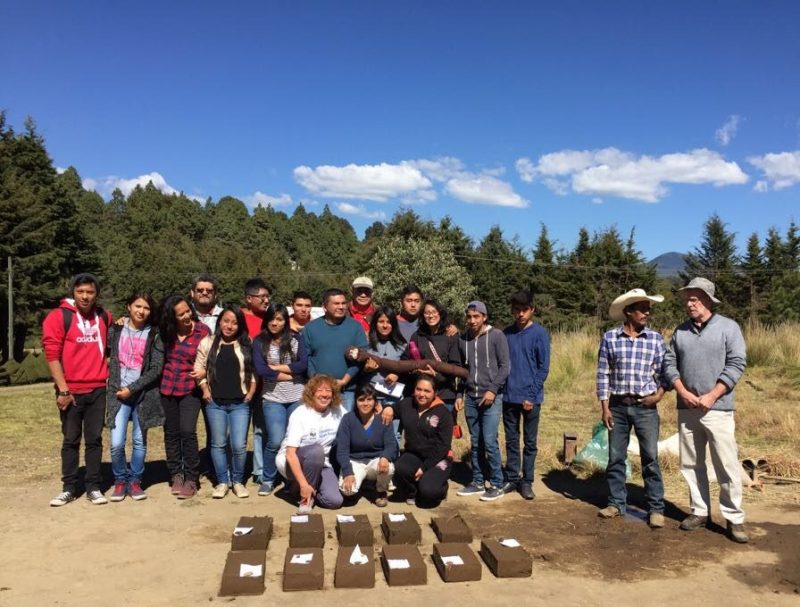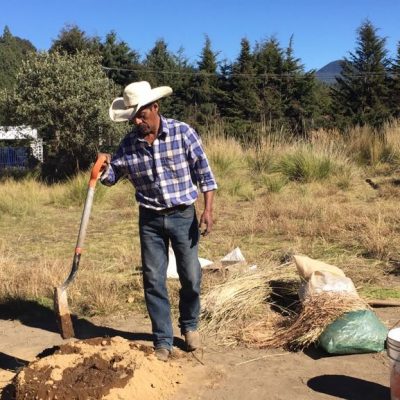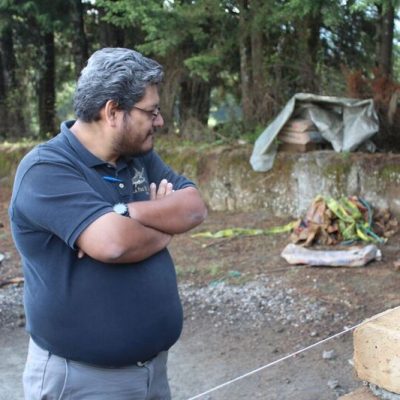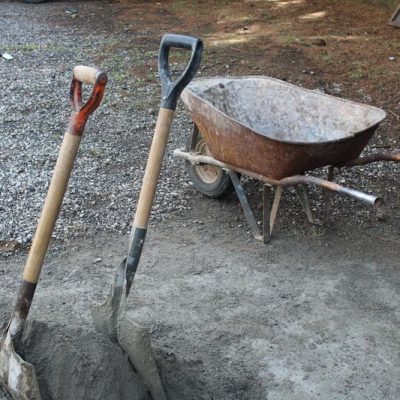Por Gisela Frías (Dawson College) English version follows
En la búsqueda de transformarse en un Plantel Educativo Sustentable, la Preparatoria Comunitaria de Tres Marías (de la UAEM) ha estado explorando la aplicación de eco-tecnologías en su plantel. Algunas incluyen prácticas modernas, pero también otras se enfocan en rescatar el conocimiento y prácticas tradicionales locales. Uno de sus Retos, es el proyecto de Bio-construcción de un aula sustentable. Este Reto consiste en la construcción de un aula que sea respetuosa con el medio ambiente, que tenga una huella ecológica más pequeña. La manera en que se está construyendo esta aula es también una lección de sustentabilidad. No solo tiene su construcción un menor impacto ambiental que las construcciones convencionales, sino que está basada en el rescate y valoración del conocimiento y tradiciones locales, aprendizaje aplicado, formación de concientización ambiental y el fortalecimiento del trabajo colectivo.
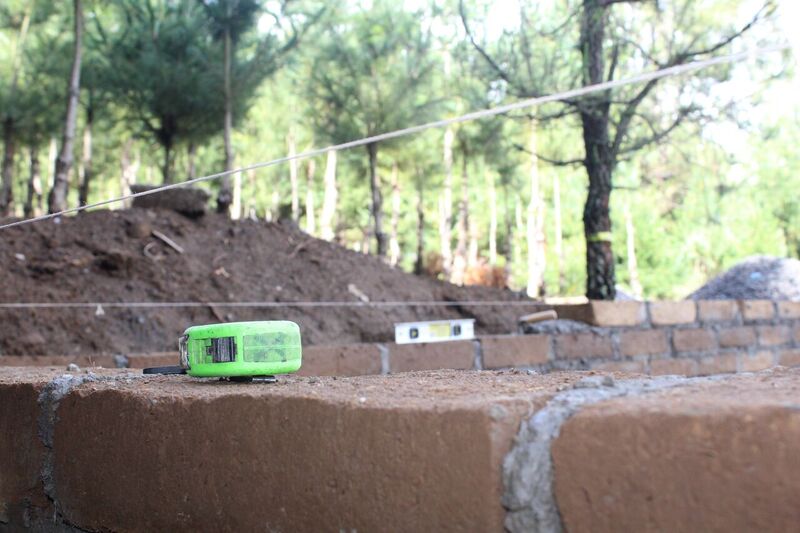
La construcción de esta aula sustentable está en su primera etapa. Uno de los primeros pasos fue buscar alternativas para la construcción del aula en sí. Aplicaron el concepto “gestión del ciclo de vida del producto”, tomando en cuenta el ciclo de vida de los materiales utilizados para este proyecto, considerando cómo fueron fabricados y qué será de ellos una vez la vida del aula en sí llegue a su fin. También procuraron no utilizar una gran cantidad de recursos (naturales y económicos) externos o nocivos para el medio ambiente como lo son el uso de cemento, pinturas y maquinaria pesada comúnmente utilizados en los procesos de construcción convencional. Fue así como acudieron a Don Rene Tepanuaya, integrante de la comunidad de Tlayacapan, para que les compartiera el saber y el arte de hacer adobes. El adobe, un tipo de ladrillo que no requiere cocción, está hecho de una masa de arcilla y arena, mezclado con paja, moldeada en forma de ladrillo y secada al sol. El hacer adobe y su uso para la construcción de viviendas es parte del patrimonio cultural mexicano y enfrenta una amenaza de extinción. Aprendieron a hacer adobes e hicieron muchas pruebas, con materiales de su propio plantel. Así fueron probando hasta encontrar el suelo más propicio para su tarea.
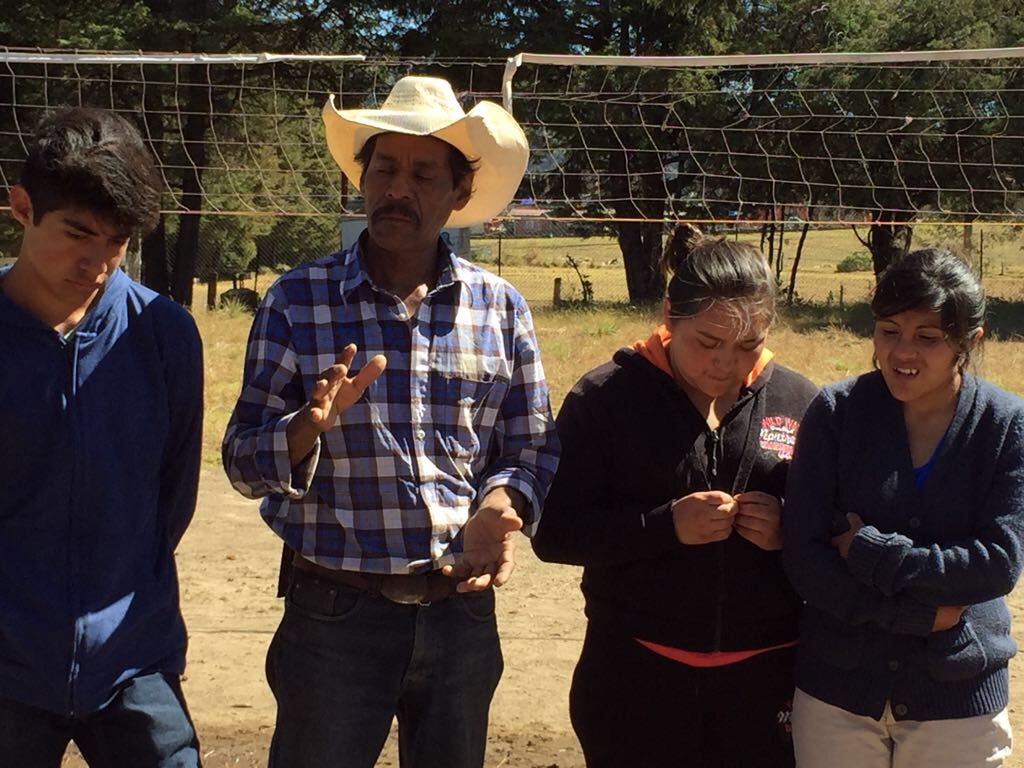
Mientras fabricaban los adobes (a manos y pies) contemplaron varios factores para elegir la ubicación más propicia para construir el aula, tomando en cuenta aspectos como la orientación del sol, exposición al viento y otros. Una segunda etapa en la construcción de esta aula sustentable incluirá el habilitarla con diferentes eco-tecnologías. Se planea instalar un panel solar para abastecer de electricidad, un sistema de captación de agua de lluvia y la instalación de un calentador de aire solar para mantener caliente el aula durante los días más fríos cuando en Tres Marías la temperatura llega a bajar hasta 3 grados centígrados, en los meses más fríos.

Este proyecto se ha ido construyendo poco a poco con la participación de los mismos estudiantes y profesores de la Prepa de 3 Marías. Con esfuerzo e ingenio se han involucrado en cada una de sus etapas generando así un proceso de concientización ambiental en los participantes. Cada uno de ellos ha dedicado un importante número de horas a este proyecto involucrándose así en un proceso de aprendizaje experiencial, aprendiendo a través de la reflexión sobre el hacer, aprendiendo de cada uno de sus “errores” y aciertos. Juntos han trabajado para la preservación del patrimonio intangible de su cultura constructiva. Este proyecto ha ayudado a re-aprender su cultura constructiva, la cual valoren y a su vez sean promotores de su defensa y reactivación. Los participantes de este proyecto hablan de él con entusiasmo y pertenencia. Se sienten orgullosos de su aporte a la comunidad de la Preparatoria Comunitaria de Tres Marías. En una era donde se apuesta mayormente a la innovación de la tecnología como estrategia para la sustentabilidad, este proyecto nos demuestra que hay riqueza en el patrimonio cultural, que hay prácticas tradicionales que siguen pertinentes y vigentes como alternativas para el futuro.
Blog basado en entrevista con el Ingeniero Sergio Reyes Galindo, maestro de la Preparatoria Comunitaria de Tres Marías (UAEM) y coordinador de este proyecto y con equipo de estudiante.
Tradition as a Resource for Sustainability
By Gisela Frías (Dawson College) (Translation by Abril Obregon)
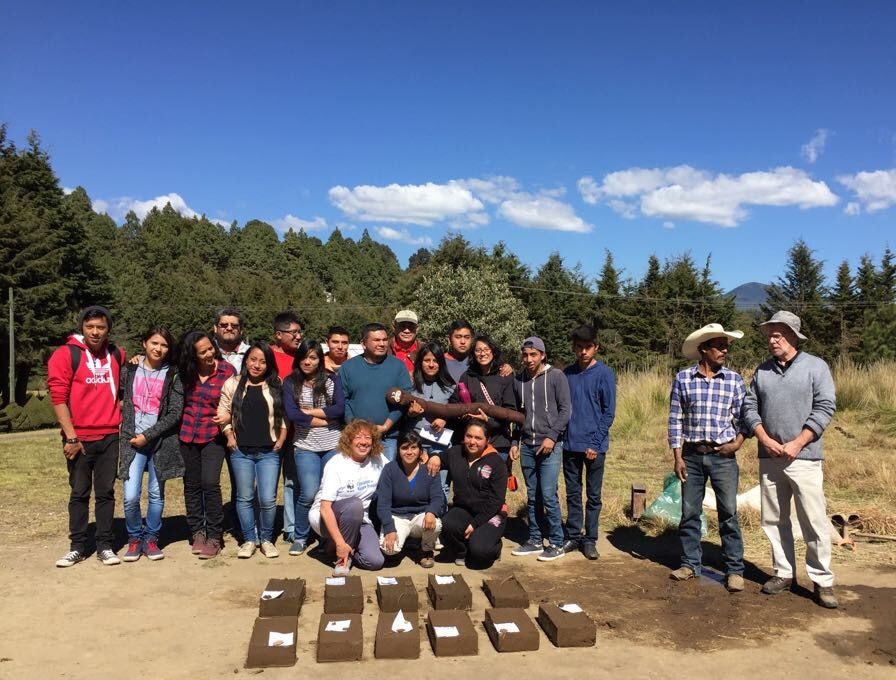
In its quest to transform itself into a Sustainable Campus, the Preparatoria Comunitaria de Tres Marías (part of the UAEM) has been exploring the application of eco-technologies in its campus. Some of these include modern techniques, but others focus on rescuing traditional local knowledge and practices. One of its “Sustainability Challenges”, is the Bio-construction of a sustainable classroom. This project consists of building a classroom that is respectful of the environment, with a smaller ecological footprint. The way this classroom is being built is also a lesson in sustainability. Not only does its construction have a lower environmental impact than conventional constructions, but it is based on the recovering and valuing of local knowledge and traditions, applied learning, environmental awareness raising and the strengthening of collective work.

construction of this sustainable classroom is in its first stage. One of the first steps was to look for alternatives for the construction of the classroom itself. They applied the concept of “product life cycle management”, taking into account the life cycle of the materials used for this project, considering how they were manufactured and what will become of them once the life of the classroom itself comes to an end. They also tried not to use a large amount of external or harmful resources (natural and economic) for the environment such as the use of cement, paints and heavy machinery commonly used in conventional construction processes. That was how they came to ask Don Rene Tepanuaya, a member of the community of Tlayacapan, to share his knowledge and art of adobe making. Adobe, a type of brick that does not require cooking, is made of a clay and sand, mixed with straw, molded in a brick and dried in the sun. Making adobe and its use for housing construction is part of Mexican cultural heritage and faces a threat of extinction. They learned to make adobes and did many tests, with materials from their own locality. They tried until they found the most adapted soil to their task.

While making the adobes (with hands and feet) they looked at several factors to choose the most suitable location to build the classroom, taking into account aspects such as the orientation of the sun, exposure to the wind and others. A second stage in the construction of this sustainable classroom will include enabling it with different eco-technologies. They plan to install a solar panel to supply electricity, a rainwater collection system and the installation of a solar air heater to keep the classroom warm during the colder days when in Tres Marias the temperature can drop down to 3 degrees celsius, in the colder months.

This project has been gradually built with the participation of students and teachers of the 3 Marías Preparatory school. With effort and ingenuity they have been involved in each of its stages thus generating an environmental awareness process among the participants. Each one of them has dedicated a significant number of hours to this project, thus becoming involved in an experiential learning process, learning through reflection on doing, learning from each of their “mistakes” and successes. Together they have worked for the preservation of the intangible heritage of their constructive culture. This project has helped re-learn their constructive culture, which they now value and at the same time defend and promote its reactivation. The participants of this project speak of it with enthusiasm and belonging. They feel proud of their contribution to the school community. In an era where technological innovation as a strategy for sustainability is a major focus, this project shows us that there is a wealth in cultural heritage, that there are traditional practices that remain relevant and valid as alternatives for the future.
Blog based on an interview with Engineer Sergio Reyes Galindo, teacher of the Preparatoria Comunitaria de Tres Marias (UAEM) and coordinator of this project and team of students.

